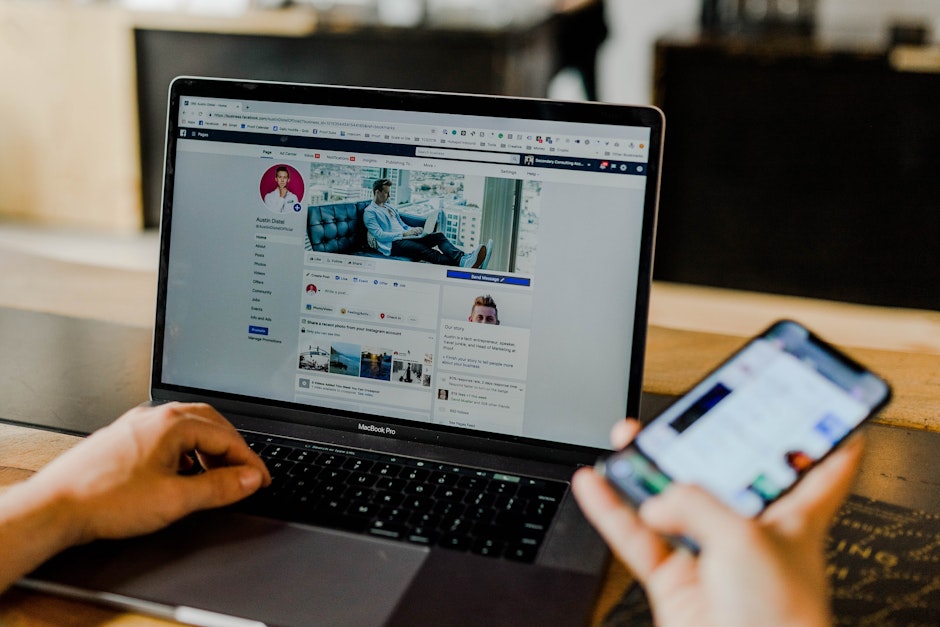Think twice before sharing that great PR coverage. What you need to know about media licensing fees
We all get excited about positive media coverage for our business, and rightly so: it’s great for team morale, it’s brilliant for your SEO and it’s a giant flashing neon trust signal for your brand

Most social media managers would sell their granny to have an article in a bone-fide news publication to promote on their channels. What many don’t realise, however, is that going about it the wrong way can bring you down to earth with a giant bump and thousands of pounds in unexpected fines and licensing fees.
It might seem irrational to marketers that a publication would get upset about it’s content being promoted on social media but, as the current showdown between Facebook, Google and Australian lawmakers has proved, this is something that publishers feel pretty strongly about.
Media Licensing 101
In the UK, vast majority of media publication licensing is managed by either the CLA (copyright licensing agency) or the NLA (news licensing agency). A business cannot legally share any part of articles monitored by these licensing bodies without either a) an expensive license or b) written permission from an official officer of the publishing house.
Despite the fact that almost all of the digital platforms for these publishers have social snippets enabled that automatically pulls a teaser image, headline and excerpt through wherever their URL is published on social media, sharing any of these things on your channels can leave you in breach of copyright law.
Smart Social Sharing
Media licensing is a minefield but, rest assured, it is one that can be navigated without anyone having to lose a limb!
First of all, there are plenty of publications that are not managed by either the CLA or the NLA and are only too happy for you to promote their articles on your social channels. Some of them even insist on it. You can check online to see if the publication featuring your news is a CLA or NLA title.
CLA: https://www.cla.co.uk/checkpermissions
NLA: https://www.nlamediaaccess.com/title-search/
If the publication isn’t listed, you’re probably safe to share at will but checking their terms and conditions page and dashing off an email to the journalist to double check is definitely recommended!
If your news does appear in a licensed publication all is not lost! You can still share the coverage on your social channels, by email and even on your website as long as you are smart about it!
What you cannot share from a licensed publication:
· Images from the article
· Screenshots of the article
· Headlines or sub headlines
· Excerpts / Quotes
Whether or not you paid for the coverage or even wrote the press release or article yourself, content published by licensed publications is protected by their copyright and cannot be shared.
How you can share coverage without breaching copyright:
1. Share the URL as a simple link (make sure you delete the automatically generated snippet)
2. Add your own text summarising the article in your own words or simply telling people that your business has been featured and inviting them to read it.
3. Insert a relevant image of your own (that you own the rights to) that illustrates the story.
Go the Extra Social Mile
Once you’ve ticked all the boxes to make sure you’re not falling foul of any licensing laws, it’s time to really maximise the coverage you’ve worked so hard for.
· Make sure you tag the publication in your post to encourage the social media team at the publication to engage with your post. If you can locate the journalist’s social media handles, make sure to include those as well.
· Don’t just share the post once. You worked hard for that coverage so make sure to share it on a few occasions across the following couple of months with text adjusted for different messaging and audiences.
· Encourage staff and associates to share your post on their own channels, particularly on Linkedin where it can also be embedded into staff Linkedin profiles as a permanent and easy-to-find trust signal for your brand.
· Use paid social media to strategically boost the coverage to your target audience, increasing reach beyond your own audience to maximise the impact of your PR efforts.
PR is an often overlooked part of the digital marketing mix which can be used to contribute to increase social media reach and engagement, improve organic search rankings and drive better conversion rates. Are you maximising the benefit from your brand’s PR, and are you confident you’re doing it in a compliant way?

